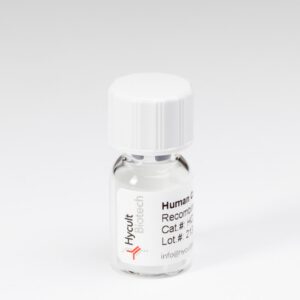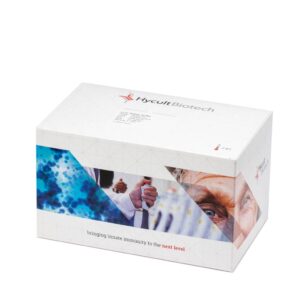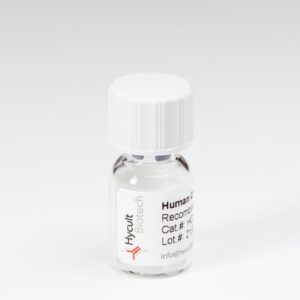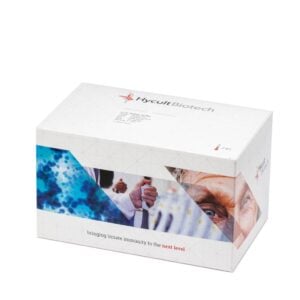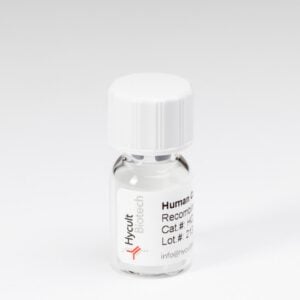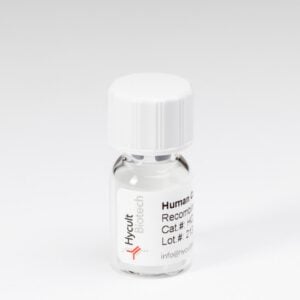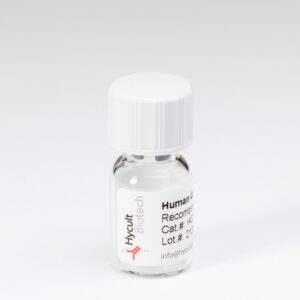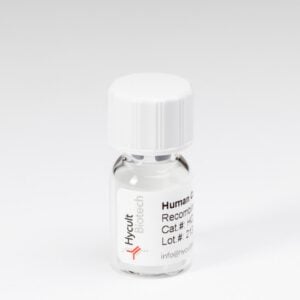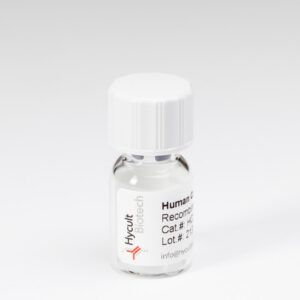
C1q, Human, Natural
C1q forms together with C1r and C1s the C1 macromolecule, the first component of the classical complement pathway.
Read more€347.00
The complement system plays important roles in both innate and adaptive immune response and can produce an inflammatory and protective reaction to challenges from pathogens before an adaptive response can occur. There are three pathways of complement activation. The classical pathway is initiated by Immune complexes; the lectin pathway by surface bound mannan binding lectin; and the AP by all the surfaces that are not specifically protected against it. Each generates a C3 convertase, a serine protease that cleaves the central complement protein C3, and generates the major cleavage fragment C3b. The C3 and C5 convertases are enzymatic complexes that initiate and amplify the activity of the complement pathways and ultimately generate the cytolytic MAC.
C1q forms together with C1r and C1s the C1 macromolecule, the first component of the classical complement pathway. C1q is complex of 18 polypeptide chains of three different types (A,B,C; resp. 29,27,23 kDa). Interaction of immune complexes with C1q induces a conformational change within the C1 complex, which results in activation of the classical pathway. C1q functions as recognition unit by binding to the heavy chain of IgG or IgM (Fc gamma and Fc micro) provided that the immunoglobulins are bound to their antigen. Furthermore, C1q can also recognize molecular patterns associated with pathogens and it can bind to apoptotic blebs, where it activates the classical complement pathway and mediates phagocytosis. C1q is predominantly produced by macrophages but also by follicular dendritic cells, interdigitating cells and cells of the monocyte-macrophage lineage. C1q deficiency has a profound effect on host defense and clearance of immune complexes. Absence of C1q may cause autoimmunity by impairment of the clearance of apoptotic cells. Inherited C1q deficiency is also associated with the development of systemic lupus erythematosus (SLE). Furthermore recent studies show involvement of C1q in non-complement cellular processes, including neovascularization during pregnancy, coagulation, tissue repair, cancer and functioning of the neurological synapse.
Calculate your ELISA data easily
With the ELISA calculator you can easily calculate ELISA data. Assayfit Pro helps to perform curve fitting. The calculator generates advanced reports, fit graph, fit parameters and goodness of fit are shown.
We are glad to support you!
Take advantage of our dedicated support team for any technical assistance you need while using our products or considering them for your research needs.

